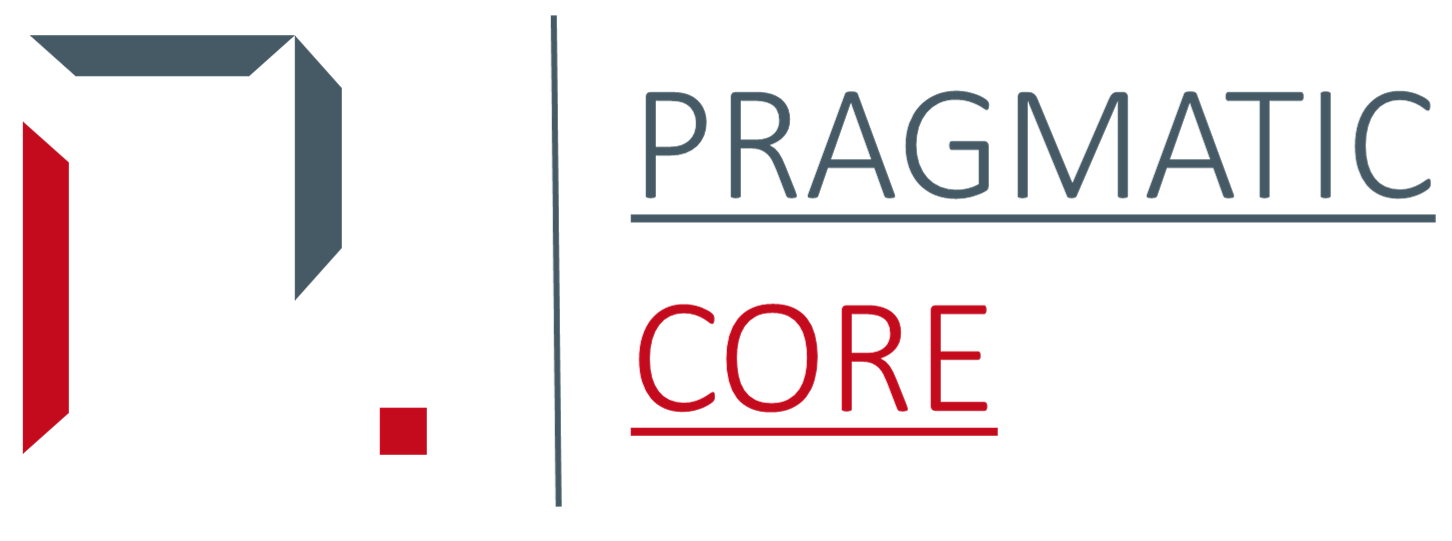Key Points:
- The 2-year and 10-year Treasury bond rates are inverted for the first time since 2019, indicating a recession. GDP declines of 1.6% and 0.6% in Q1 and Q2 2022 suggest economic problems.
- The impending recession requires firms to prioritize spending management, notably since interest rates have risen from 0-0.25% to 2.25-2.50% by 2022.
- Businesses should estimate cash flow, accelerate business efficiency, increase receivables collection, and consider ways to reduce unnecessary overheads and tied-up capital to ensure sustainability.
Organizations find themselves at a crossroads as foreboding economic indicators flash increasingly clear indications of an impending recession. The United States economy is struggling with vulnerability as a result of a number of factors, including rising inflation, rising interest rates, successive contractions in GDP, and a decline in consumer confidence. In this uncertain environment, intelligent businesses need to get ready for the turbulence that is to come by managing risks, optimizing resource allocation, accumulating reserves, and keeping expenses under control. The journey may be hazardous, but with careful planning and execution, firms may weather the storm and emerge even more successful on the other side.
Recessional Forebodings on the Horizon
The economy’s pulse is quickening with a sense of foreboding. Prominent economic markers are lighting up the path to a potential recession within the next 6-12 months. At the forefront is the inverted yield curve, an ominous harbinger that has foreshadowed every recession since 1955. As of August 2022, the inversion of the 2-year and 10-year Treasury bond yields has recurred for the first time since 2019. Throughout history, a recession has manifested 12-18 months following this inversion.
While Q1 and Q2 of 2022 have seen a decline of 1.6% and 0.6% in GDP, qualifying as a technical recession, the National Bureau of Economic Research (NBER) relies on a broader spectrum of data to officially declare a recession. These encompass unemployment claims, retail sales, industrial production, and personal income – indicators that have yet to fully reflect a downturn.
The commotion of concern grows louder as evidence mounts from consumer spending, manufacturing indices, and inflation data. The Consumer Price Index points to a staggering 8.5% inflation rate in July 2022, significantly surpassing the Fed’s 2% target. The relentless inflationary pressures have propelled aggressive monetary tightening, catapulting the federal funds rate from 0-0.25% to 2.25-2.50% within 2022. Further rate hikes lie on the horizon, casting a shadow over economic growth.
This rate surge has already cast its shadow on the housing sector. July saw new home sales plummet by 12.6% as mortgage rates neared 5.5%. Housing, often a harbinger, tends to signal impending downturns. Meanwhile, the S&P 500 descended into bear market territory, plunging over 20% from its zenith, an additional signpost of impending recession. Consumer sentiment, as measured by the University of Michigan survey, plunged to a mere 51.5 in August, reflecting a growing pessimism that curtails spending.
In essence, though the NBER has not yet formally declared a recession, the convergence of evidence paints an increasingly plausible picture of an impending downturn in 2022-2023. Enterprises must brace themselves for the inevitable implications on their operations, financials, and workforce.
Businesses Face Cost Conundrums
Recession strikes with a dual blow – declining demand and escalating costs. Businesses must chart a course of proactive expense management, debt reduction, and reserve building to safeguard their financial resilience.
The immediate impact materializes through dwindling revenues as consumers and businesses pare back spending across sectors. McKinsey’s insights project revenue drops ranging from 2% in healthcare to a staggering 49% in discretionary segments like travel. Enterprises must factor in an impending contraction in top-line revenue.
Simultaneously, inflation fuels mounting input costs. Wages, raw materials, transportation, utilities, and operational expenses reel under upward pressure. The ability to raise prices is limited as price sensitivity surges during downturns, eroding profit margins under the weight of cost-driven inflation.
Soaring interest rates amplify the burdens of financing and debt servicing during the worst conceivable time. Rate hikes inflate the costs of existing variable-rate debt instantaneously. New commercial and industrial loan interest rates surged from 3.2% in January 2022 to 5.2% in July, a trend expected to persist. These elevating rates strain balance sheets laden with debt.
While layoffs and consolidations offer some relief on the payroll front, the accompanying severance payouts often outweigh the savings. Further, the eventual recovery necessitates hiring and training new employees, incurring substantial costs. Retaining non-essential staff to avoid future rehiring costs can compound financial pressures.
These dynamics underscore the imperative of rigorous cost evaluation and capital structure reevaluation preceding a recession. Trimming discretionary spending, boosting efficiency, debt reduction, and optimizing human resources must be paramount to navigate the storm of shrinking revenues.
Differential Financial Trials for Households
In a recession, households grapple with income drops, job loss, diminished wealth, and curtailing discretionary expenses. Nevertheless, the financial ramifications are disparate, with lower and middle-income families particularly vulnerable.
Historically, unemployment surges by 2-3 percentage points from pre-recession trough to peak according to Federal Reserve research. Initial job losses ripple through housing, manufacturing, retail, and transportation sectors before radiating to services, finance, and the public domain. In severe recessions, high unemployment may persist beyond the official downturn, straining savings and driving reliance on credit.
Those fortunate enough to retain their jobs confront stagnant or diminishing real wages as inflation outpaces pay hikes. This erosion shatters purchasing power. Households respond by sustaining essential spending while drastically cutting back on recreation, dining out, vacations, and discretionary purchases.
The stock market slump and plummeting property values contribute to a considerable decline in household net worth – often exceeding 10% during recessions, per data from the Dallas Fed. Affluent households can offset this wealth dip with savings and investments, whereas those living paycheck-to-paycheck confront exacerbated financial and social stress.
In the wake of such difficulties, mortgage delinquencies, credit card defaults, auto loan write-offs, and personal bankruptcies surge, particularly among lower income groups. However, prudent financial management, strategic decision-making, and leveraging Social safety nets can equip families to sift through these times.
Rising Risks Demand Strategic Mitigation
Beyond financial constraints, recessions amplify business risks concerning liquidity, supply chain disruptions, regulatory compliance, talent retention, and more. Proactive risk management becomes essential to prevent operational turmoil.
Liquidity risk escalates as revenue dwindles while costs remain unchanged. Receivables collection slows, bad debt write-offs accelerate, and working capital needs surge due to excess inventory and unused capacity. Capital expenditures must be deferred, external financing becomes pricier, and cash depletion accelerates. Diligent cash flow forecasting, expedited receivables collection, stock reduction, and exploring equity issuance or asset sales are crucial to shore up liquidity.
Just-in-time global supply chains face vulnerability as demand oscillates during recessions. Suppliers grappling with financial strains or logistical bottlenecks may abruptly halt component deliveries. To mitigate this, diversifying vendors, stockpiling strategic reserves, and enhancing supply chain transparency are vital. Preparing backup plans in advance is crucial, as contract negotiations demand time during an industry-wide downturn.
Compliance risks escalate due to regulations on taxation, environment, and labor, as governments aim to provide consumer relief and stimulate growth. Non-compliance could trigger substantial financial penalties and legal liabilities. Businesses must stay abreast of new regulations and proactively adjust practices to remain compliant.
For human capital, layoffs and persistent work pressures often result in turnover among high-performing employees who seize new opportunities despite hiring freezes. Retaining key employees through culture-building, development initiatives, and selective incentives mitigates this flight risk.
Advanced planning to mitigate such operational risks enables businesses to be more resilient when recession inevitably strikes.
Resource Optimization for Enhanced Efficiency
Amidst the labyrinth of challenges, businesses can harness multiple levers to judiciously optimize their limited resources.
Supply chain costs can be curtailed through contract renegotiations, strategic vendor consolidation, bulk order volume increase for discounts, and diversified sourcing. Automation can be further employed in manufacturing, logistics, and inventory management to enhance productivity.
Finance teams must diligently control expenses, shore up liquidity via accelerated receivables collection, enhance working capital, and potentially restructure debt obligations. Building emergency reserves is a prudent measure against liquidity risks.
Marketing strategies should pivot towards value-centric messaging and savings-oriented promotions. Loyalty programs, bundling high-margin products, competitive pricing, and ROI-driven campaigns aid in retaining profitable customers during resource-constrained times.
Strategic technology investments should emphasize cost optimization, transitioning to the cloud for lower value systems, task automation, and stretching out major upgrades. Digital transformation remains pivotal for sustained competitiveness.
In human resources, cross-training employees, internal mobility emphasis, limited external hiring, and reskilling all maximize output from existing staff. As previously discussed, outsourcing peripheral functions to specialized partners confers substantial efficiency gains compared to in-house staffing.
Outsourcing offers a structural cost advantage, typically ranging between 15-30% in normal times, and even greater savings relative to inflated internal costs during economic adversity. The perks include enhanced quality, technological leverage, access to expertise, increased flexibility, and the avoidance of fixed overheads. Recessions provide the ideal backdrop to objectively evaluate activities ripe for effective outsourcing.
However, core activities linked to proprietary data or processes should generally remain in-house. Leaders must meticulously strike the balance between insourcing and outsourcing, optimizing efficiency while retaining control over vital intellectual property.
Preparing to Navigate the Turbulence
As the impending storm of recession gathers force, organizations must exercise foresight, agility, and strategic wisdom. With data painting an increasingly grim economic portrait – from soaring inflation to escalating interest rates – the path forward demands vigilance.
While no enterprise can entirely evade the repercussions, a proactive stance in risk monitoring, cost control, resource optimization, reserve accumulation, and balanced outsourcing can significantly attenuate the impact. The tempestuous times also usher in an opportunity to scrutinize operations and lay the groundwork for an impending recovery.
Drawing lessons from past recessions, implementing efficiency strategies, and making informed choices, businesses can withstand the uncertain waters ahead. Although the journey will be arduous, organizations embracing adaptability and resilience can emerge triumphant on the other side. By navigating astutely and weathering the challenges, they may even emerge stronger in the aftermath.


